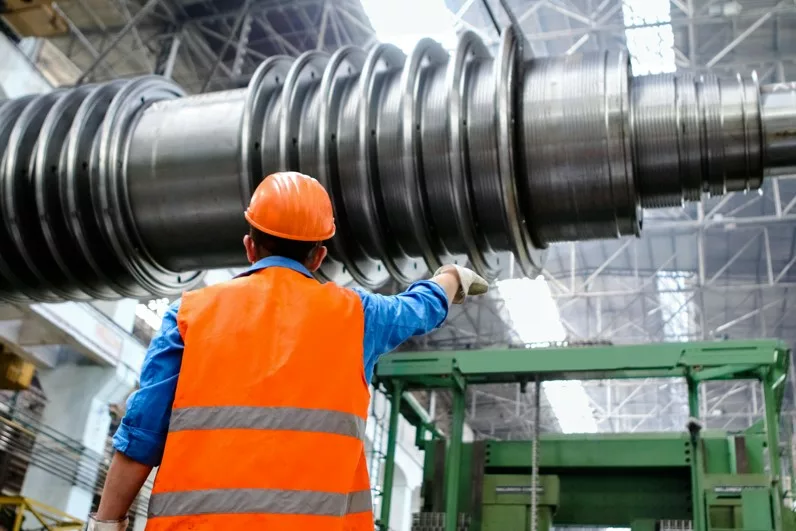The company
The company presented here is a Spanish corporation, a global reference in manufacturing customized, high-technology electrical solutions. It offers a wide range of products, including transformers, medium-voltage cells, automation systems, protection and control equipment, and smart solutions for electricity distribution in sectors such as renewable energies, infrastructure, manufacturing, and public services.
With a headcount of 2,400+ employees spread across over 50 countries, this organization boasts 16 production centers and a research and technology center to enhance the efficiency and reliability of electrical grids.
The challenge
The company aimed to improve its competitiveness, which triggered two significant challenges. On the one hand, there was a need to enhance the production line’s efficiency and quality ratios. On the other hand, the company intended to promote a cultural change involving everyone, including different areas and seniority levels, and distribute decision-making across work teams. All of this needed to be followed up and monitored through indicators designed to measure improvement in financial terms.
The approach
The Kaizen Institute assisted the company in optimizing processes and successfully meeting these challenges. The project began with a diagnostic phase, during which the process was mapped to identify improvement opportunities and design solutions. Some of these solutions included:
Daily Kaizen and Cultural Change
Implementing daily management allowed for daily business management with a focus on continuous improvement:
- Daily Kaizen meetings in all teams;
- Indicators implementation and monitoring;
- 5S’ implementation (Sort, Straighten, Scrub, Standardize, and Sustain) throughout the factory to achieve an organized, efficient, and safe space that generates value;
- Kamishibai dynamics;
- Gemba walks to observe the processes, review and consolidate the defined standards;
- 3C’s (Case, Cause, Countermeasure) for structured problem-solving.
Leaders Kaizen
Team meetings were restructured and standardized to improve visual management and leadership. Initiatives deployed and their impact on defined indicators were more closely monitored. Also, leaders became more committed to leadership through Gemba Walks and on-site audits to identify improvement opportunities and develop the teams.
Kaizen Projects
Improvement projects were primarily focused on four areas:
Flexible production lines
Flexible production lines in a single piece flow were implemented. This allowed the workload on the line to be balanced based on demand and the number of people working there, facilitating assistance between workstations while always maintaining productivity levels. These flexible lines are used to adapt to manufacturing new products.
Improved productivity and flexibility of upstream processes
Logistics and manufacturing tasks were separated in the robot cells, and the workload was leveled by differentiating “human time” from “machine time,” thus increasing the number of robot cells managed by a single person. Additionally, changeover times were optimized, enhancing the cells’ efficiency.
Synchronization and daily planning of the value chain
The entire value chain was synchronized to operate according to customer demand in a controlled flow with a minimum stock level. All processes supplying the production lines were sequenced to reduce work in progress to less than 16 hours. Lastly, collaboration with suppliers resulted in receiving the necessary daily materials and decreasing purchased product stock.
Implementing standardized internal logistics
The warehouse layout was adjusted to adapt to warehousing needs based on actual demand, improving material flow. Additionally, work-in-progress warehouses were adapted to the sizing of supermarkets.
In this context, internal logistical routes were established to supply production lines and robot cells correctly, ensuring better internal logistics productivity.
The results
The results achieved were significant and accomplished in a short timeframe. Implementing a continuous improvement system resulted in 25% productivity and 30% quality improvement, directly impacting increased competitiveness.
This cultural change also led to more productive teams, improved communication, and greater employee motivation.
See more on People & Culture
Find out more about improving this business area
See more on Discrete Manufacturing
Find out more about transformation in this sector
